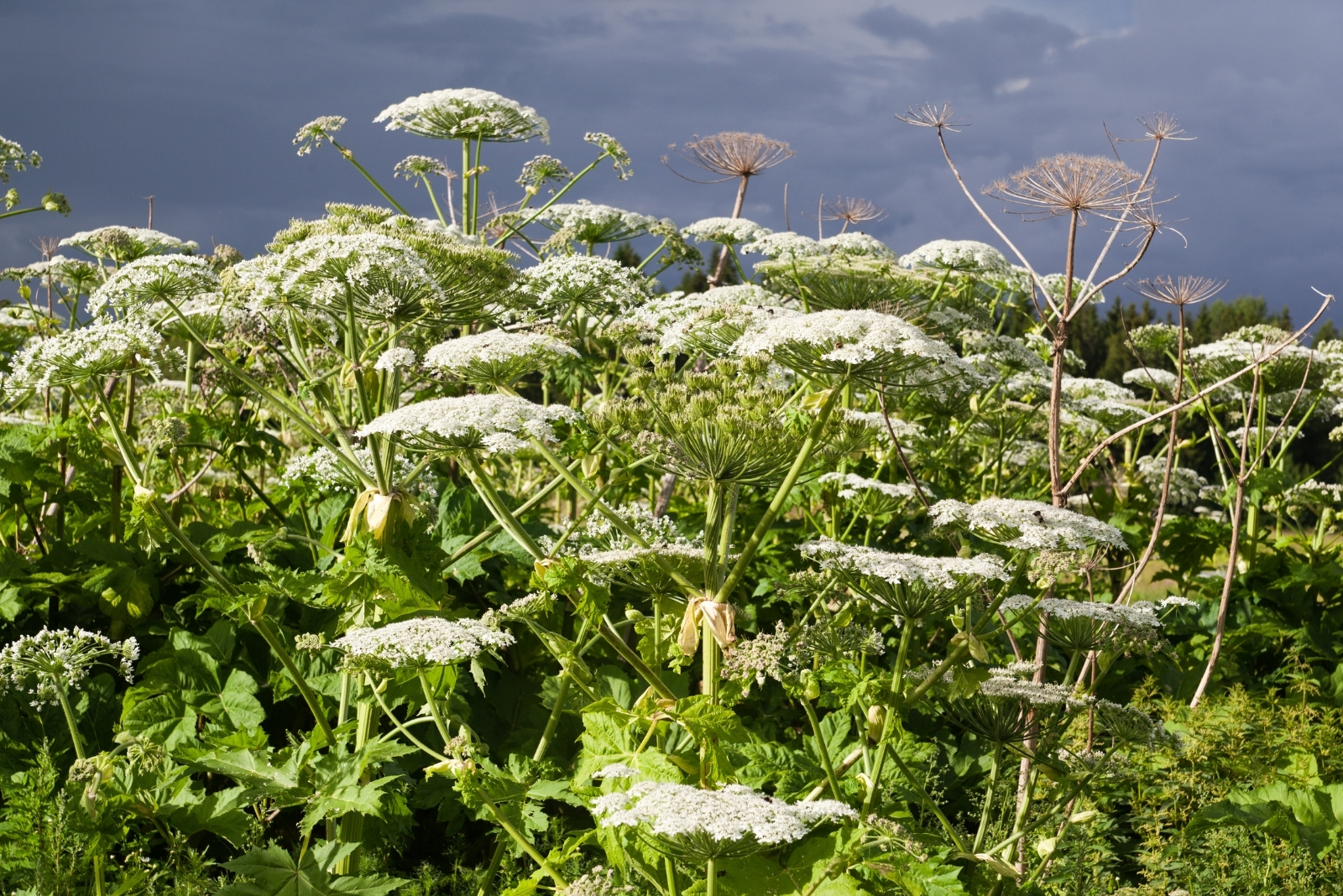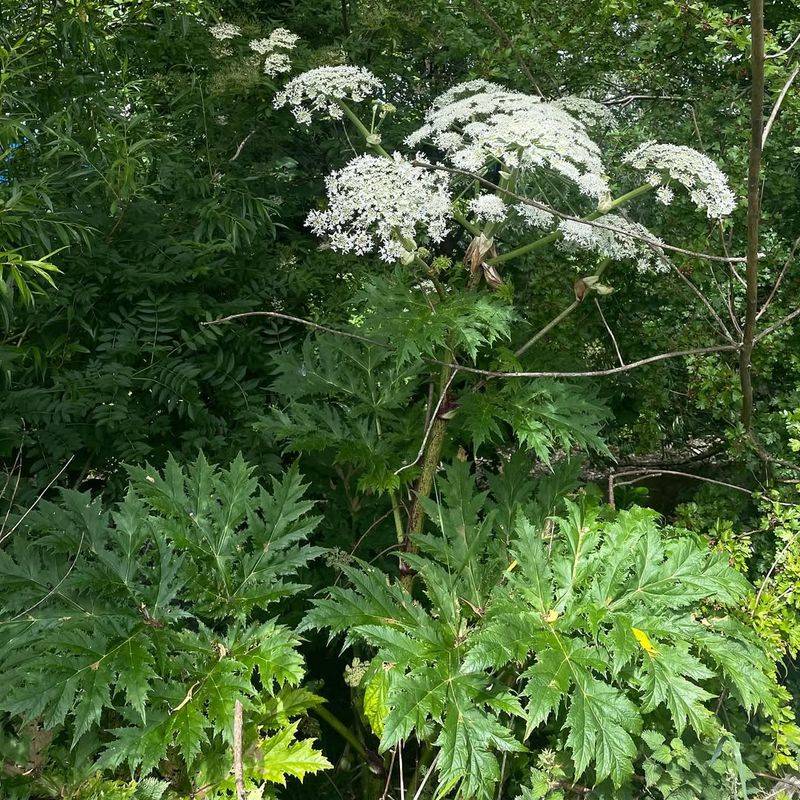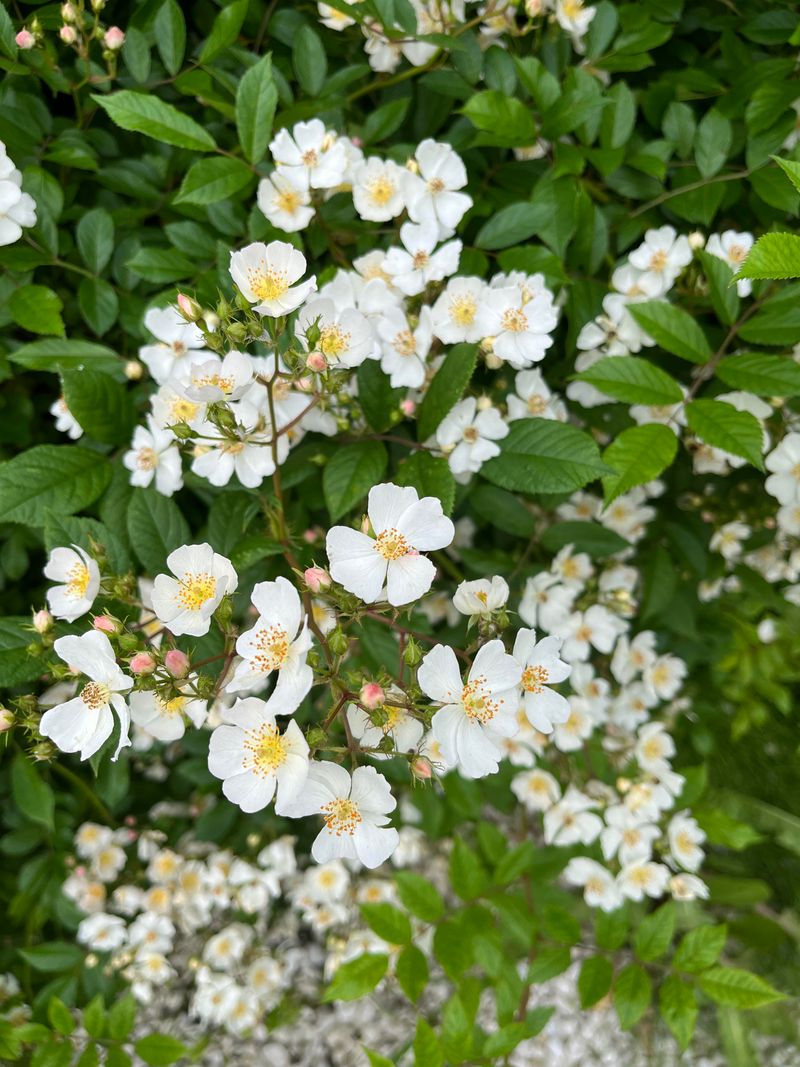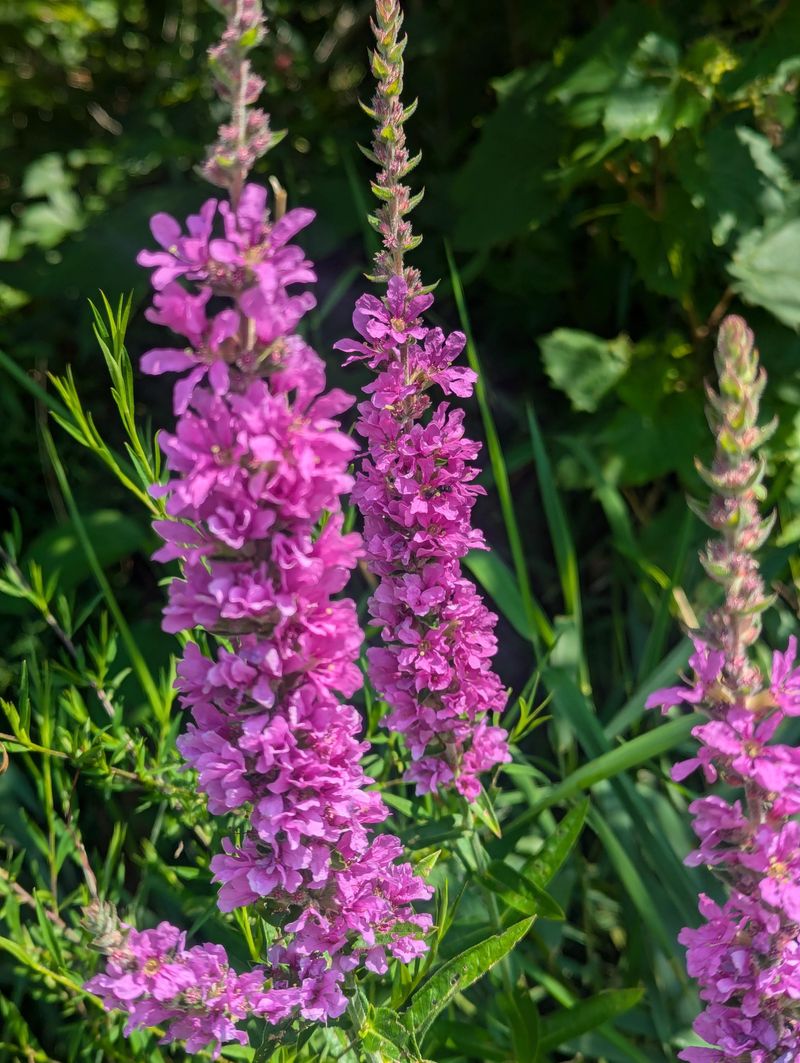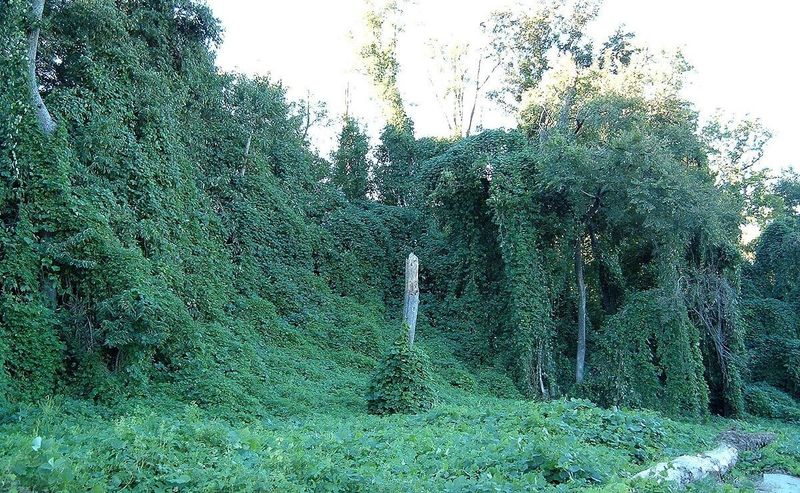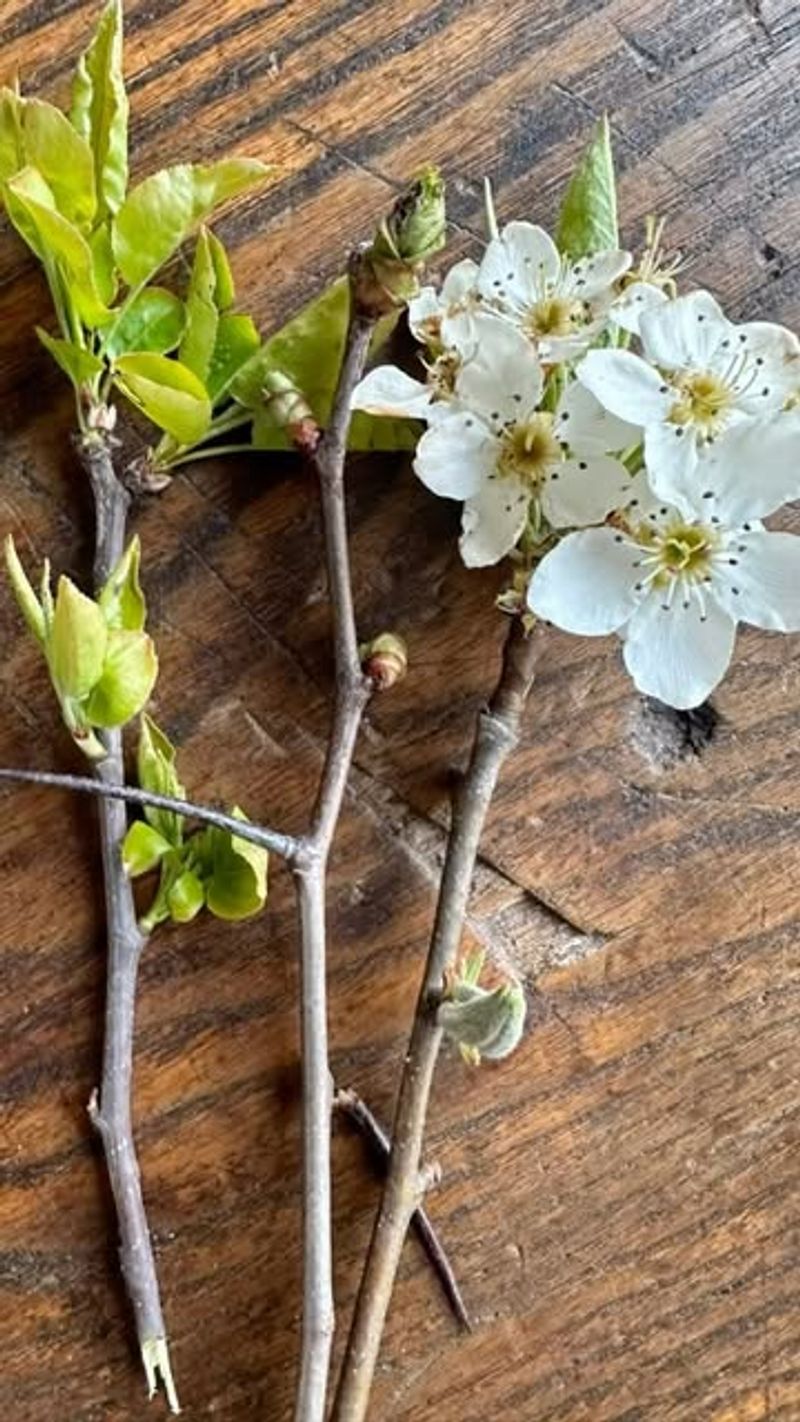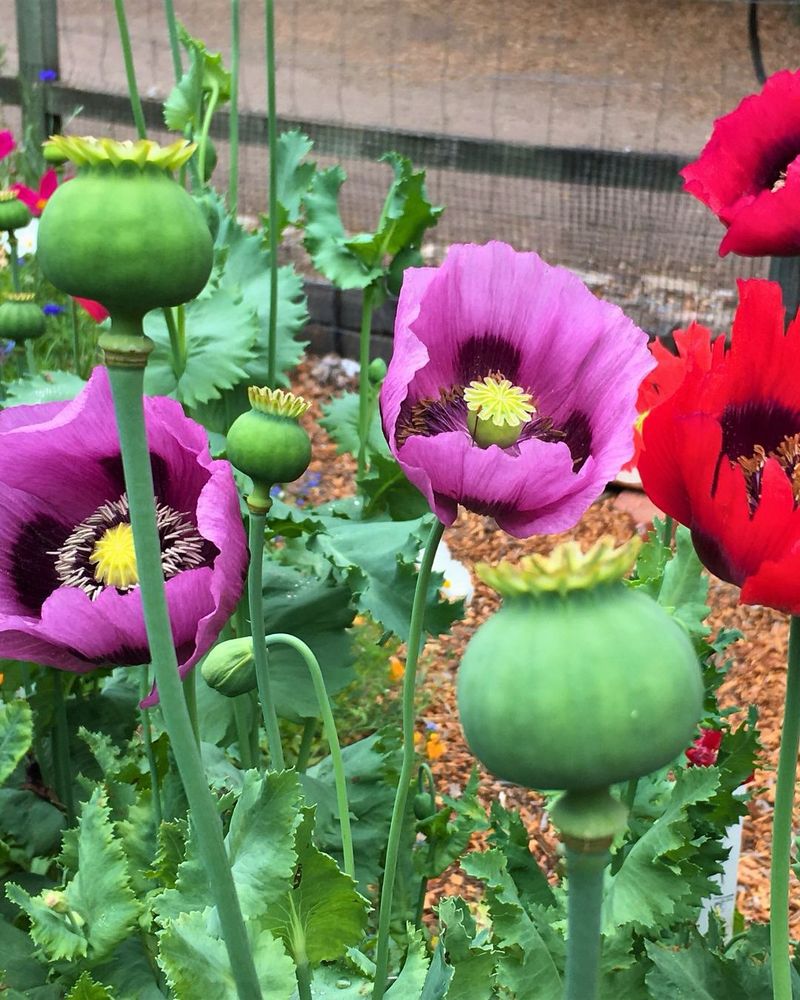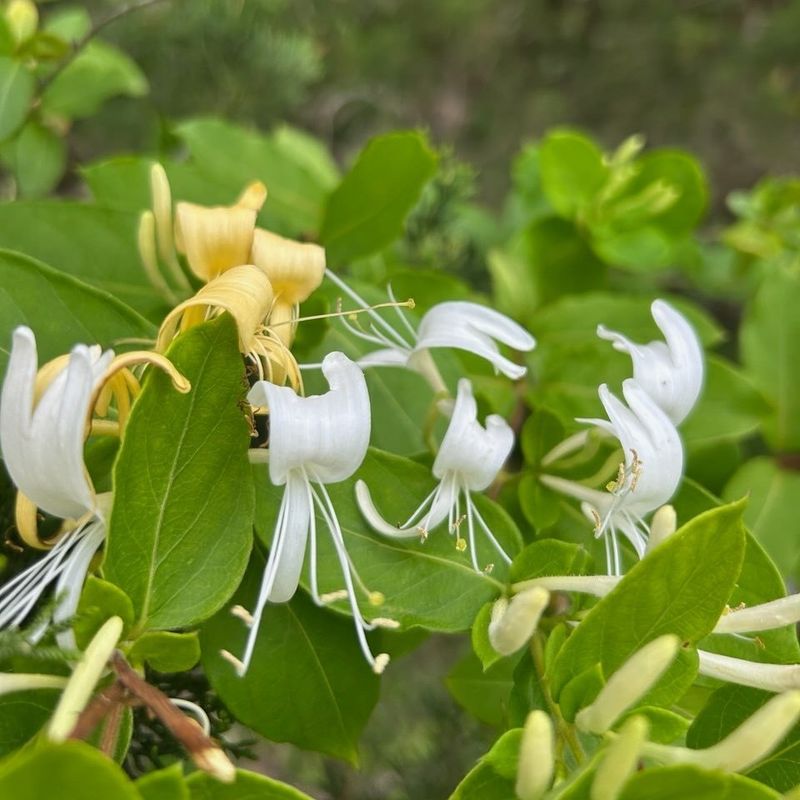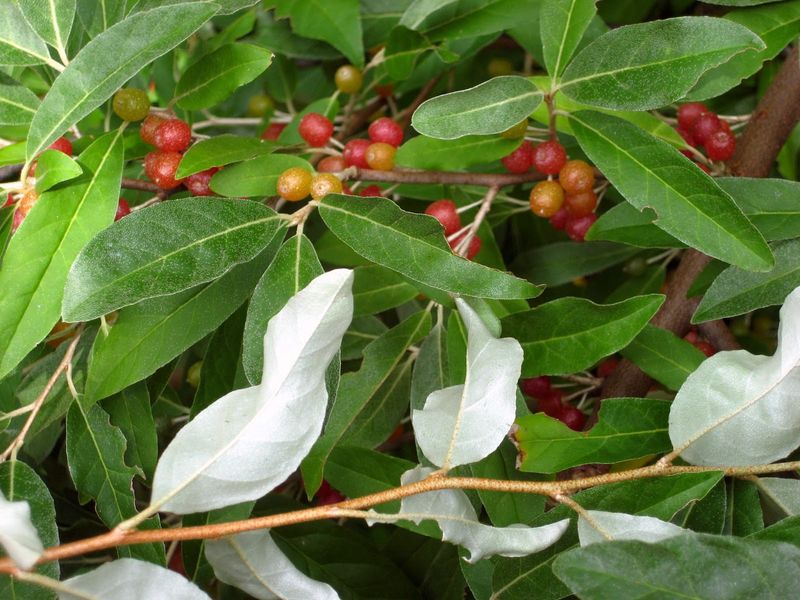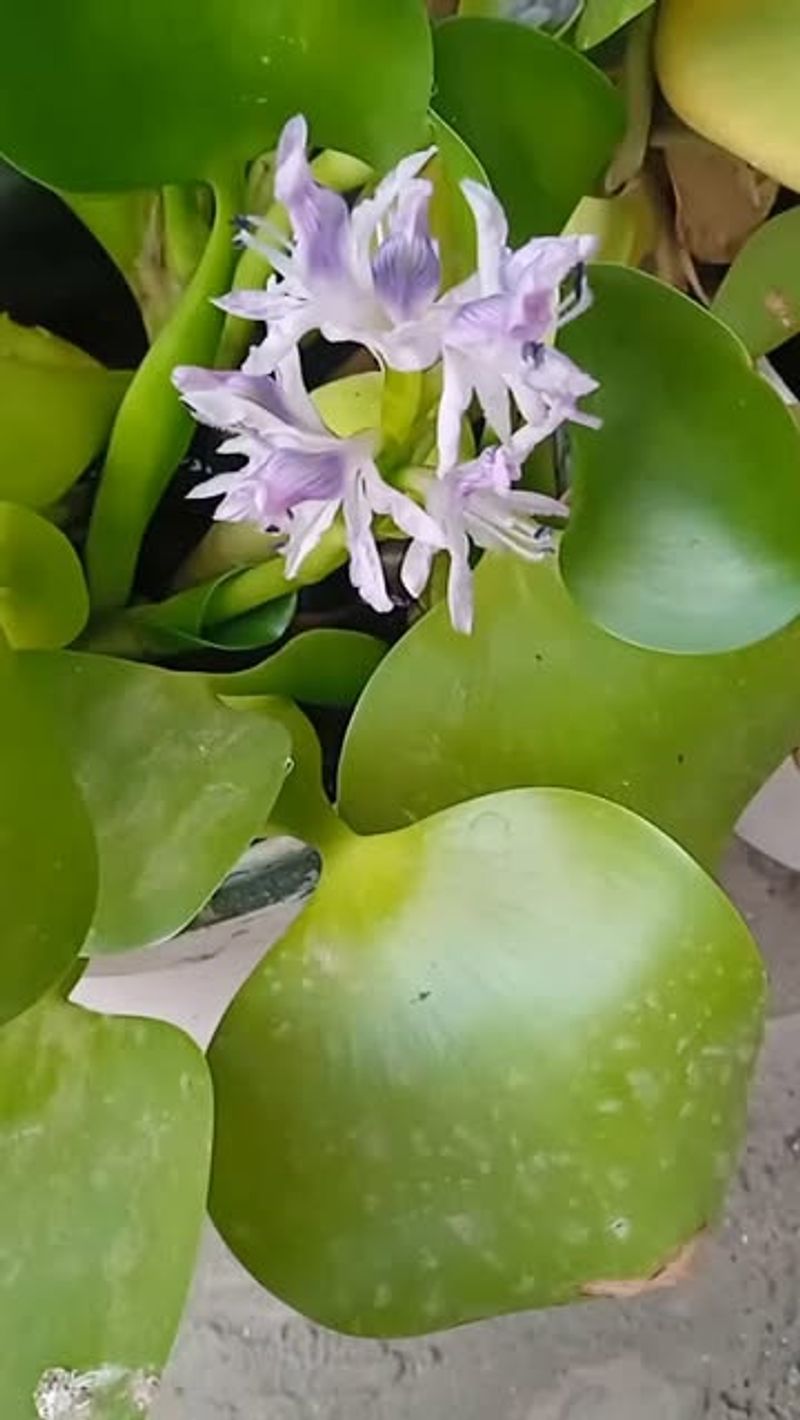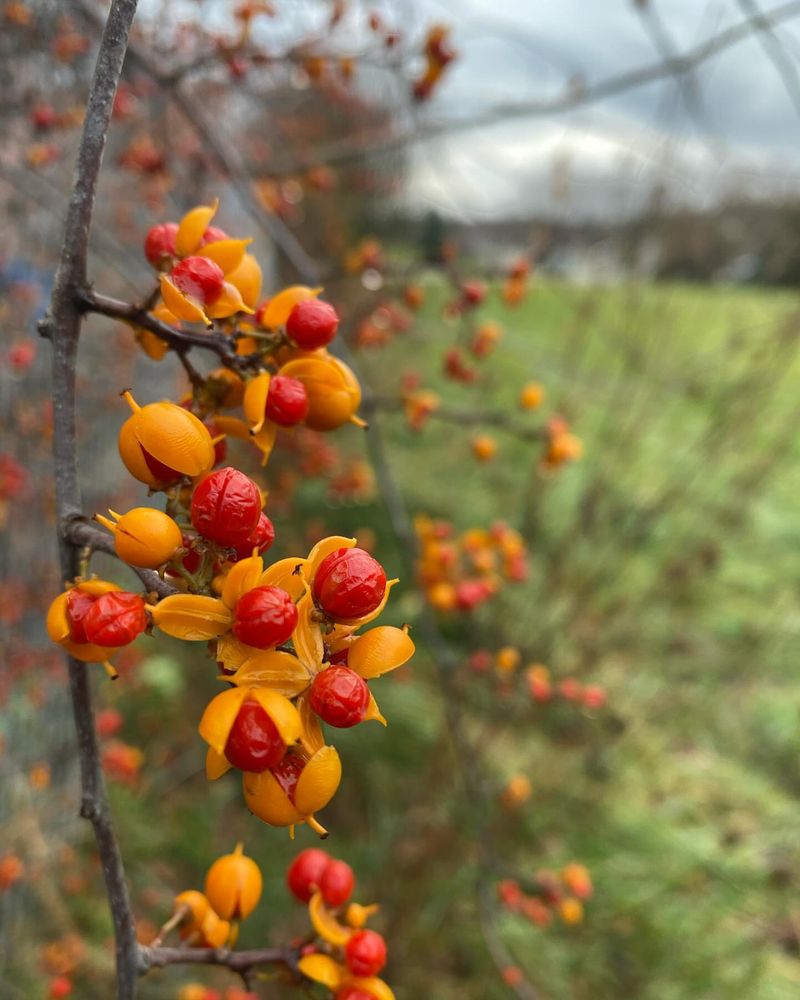Indiana gardens might seem innocent, but some crops are actually illegal to grow. Certain plants that look harmless can get you into trouble without you even knowing.
Exploring these surprising restrictions shows just how tricky backyard gardening can be. Even a small patch of soil can come with unexpected rules.
It’s a fascinating reminder that gardening in Indiana has its own hidden surprises.
1. Giant Hogweed
Looking like an oversized Queen Anne’s Lace, this dangerous plant causes severe burns when skin contact meets sunlight. Indiana environmental officials actively track and eliminate outbreaks across the state.
The sap contains chemicals that make skin extremely sensitive to UV light, resulting in painful blisters that can leave permanent scars.
2. Multiflora Rose
Once promoted for erosion control, this aggressive invader now threatens Indiana’s natural landscapes. The thorny shrub forms impenetrable thickets that choke out native vegetation and take over pastures.
Hoosier farmers battle this plant constantly, as a single bush can produce up to a million seeds annually that remain viable in soil for decades.
3. Purple Loosestrife
Don’t be fooled by its beautiful purple flower spikes! This wetland invader is banned throughout Indiana for good reason. Each plant produces millions of seeds that spread rapidly through water systems.
Once established in Hoosier wetlands, it forms dense stands that eliminate native habitat for wildlife and disrupt natural ecosystem functions.
4. Kudzu
Known as “the vine that ate the South,” kudzu is prohibited in Indiana gardens for its incredible growth rate. During peak summer months, this aggressive climber can grow up to a foot per day!
The plant smothers everything in its path, including trees, buildings, and power lines, creating maintenance nightmares for Hoosier property owners unlucky enough to face an infestation.
5. Japanese Barberry
This ornamental shrub with red berries might look innocent, but it’s banned in parts of Indiana. Research shows it creates perfect tick habitat, increasing Lyme disease risk in areas where it grows.
The humid Indiana climate allows this thorny invader to spread rapidly through forests, crowding out native understory plants essential for local wildlife.
6. Callery Pear
Those pretty white spring flowers hide an ugly truth – Callery pears (including Bradford varieties) are now banned from sale in Indiana. Their weak branches snap easily in Hoosier storms, causing property damage.
More concerning is how quickly they escape cultivation and invade natural areas, forming thorny thickets that are nearly impossible to remove once established.
7. Poppies
Not all poppies are illegal, but certain varieties that produce opium are strictly forbidden in Indiana gardens. Even growing them for ornamental purposes can lead to legal troubles.
The confusion comes because some harmless poppy varieties look similar to the prohibited types, leading many Hoosier gardeners to avoid them altogether to stay on the safe side.
8. Japanese Honeysuckle
Despite its sweet fragrance, this vine is on Indiana’s hit list of invasive plants. It forms dense mats that strangle trees and shrubs while preventing forest regeneration.
The plant’s berries are spread widely by birds across the Hoosier state, making containment nearly impossible once it escapes into natural areas.
9. Autumn Olive
Once planted for wildlife benefit, this shrub is now banned from cultivation in Indiana. Its silvery leaves and red berries might look attractive, but don’t be deceived.
The plant fixes nitrogen in soil, changing growing conditions for native Hoosier plants and creating ecological damage that can persist for decades after removal.
10. Water Hyacinth
Those beautiful floating lavender flowers hide a menace to Indiana waterways. A single plant can multiply into an acre-sized mat in just one growing season!
Hoosier pond owners sometimes unknowingly introduce this banned aquatic plant, which blocks sunlight, depletes oxygen, and prevents boats and wildlife from moving through water.
11. Tree of Heaven
Despite its heavenly name, this tree is a hellish problem in Indiana. It releases chemicals that prevent other plants from growing nearby, creating biological dead zones.
Worse yet, it’s the preferred host for spotted lanternfly, an invasive insect causing agricultural havoc across the Midwest, making this tree doubly unwelcome in Hoosier yards.
12. Oriental Bittersweet
Those bright orange berries might look festive in fall arrangements, but growing this vine is prohibited in Indiana. It wraps around trees so tightly it eventually kills them by strangling their trunks.
The plant spreads aggressively through both seeds and roots, making it nearly impossible to eradicate once established in Hoosier woodlands.

